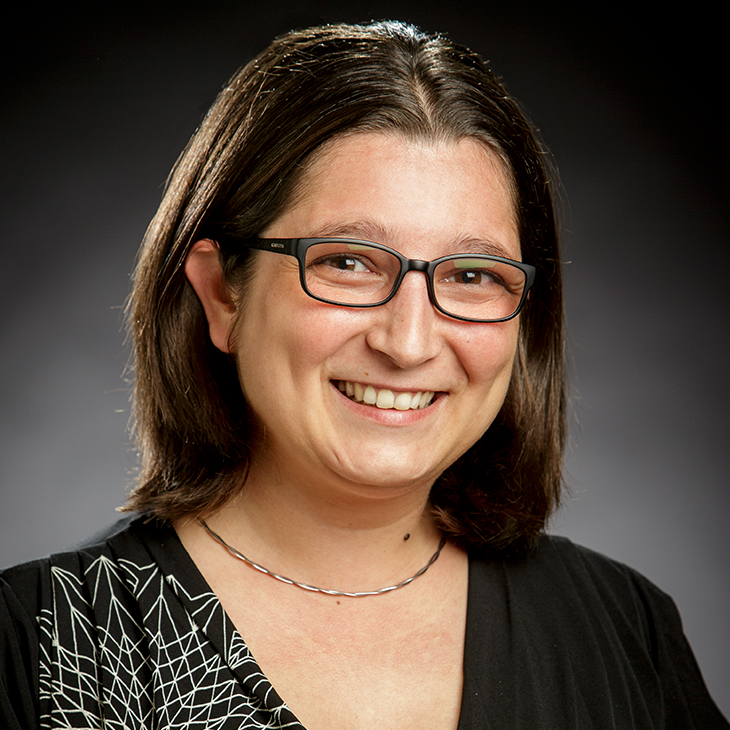
CEAT researcher receives NSF Early CAREER Award for research of smart elastomers
Monday, August 14, 2023
Media Contact: Jeff Hopper | Marketing Media Specialist | 405-744-2745 | jeff.hopper@okstate.edu
Dr. Aurelie Azoug has been selected to receive an Early CAREER Award from the NSF of nearly $600,000 to conduct research in the area of dissipation mechanisms in smart elastomers.
This research allows Azoug, an assistant professor in the School of Mechanical and Aerospace Engineering, to better understand the mechanisms leading to energy dissipation of smart elastomers and thus better control those mechanisms for future applications.
“This award is very validating,” Azoug said. “It’s a recognition that says, ‘Hey, you’re doing good science and we’d like to see you continue down this path and see where you can take this research.’”
These liquid crystal elastomers are constructed so that while they contain a highly organized structure, at the molecular level, they retain a soft and stretchy behavior which allows for a wider variety of applications. They are also smart, which means they react to changes in their environment, such as thermal or mechanical changes.
Research into smart elastomers is relatively new and has primarily been focused on the creation of these materials, both from a chemical and physical standpoint. There has, up to now, been little research into the properties of these materials and the secondary characteristics that may be useful to researchers and consumers.
Because of the organized structure, there is a dissipation of energy within the material when it deforms. These dissipation mechanisms could significantly improve the performance of dampers used in the reduction of vibrations or noise. If researchers better understood how these dissipations occur, they could better curtail their construction for specific purposes.
“That’s the premise of this proposal,” Azoug said. “Can we understand exactly what
is happening in the material during certain environmental or mechanical changes? If
so, we can then use that information to apply those characteristics when we do and
do not
want those dissipation mechanisms occurring.”
Azoug will also explore the methods by which these materials are physically solidified
during the curing process. Currently, many elastomers are cured using UV light sources,
as it is the fastest and most controllable curing method. Azoug and her team wish
to
explore how to optimize curing and determine whether curing parameters could play
a role in deciding some of the dissipation characteristics of these materials.
She believes by understanding these behaviors at a molecular level, these smart elastomers could be used in composite materials for applications in different areas such as energy harvesting, health care and soft robotics.
“A perfect example of application would be the use of these materials in the production
of vibration dampening materials to be used inside a football helmet,” Azoug said.
“If we can identify an elastomer that is very efficient in the dampening of shocks,
we could produce
a new composite material that could line the inside of a football helmet and produce
a larger impact on the health of athletes at a lower cost.”
The NSF CAREER award also requires an education component for each proposal, and Azoug’s focus is one she is deeply passionate about introducing young women from kindergarten to high school to STEM fields.
The researcher and her team plan to further develop outreach activities they are already conducting, such as an introduction to soft robotics using remarkably simple soft robots made of elastomer that students could manipulate and control through coding.
“I believe it is paramount for these young women to be exposed to these areas of science and to have female engineers and scientists teach them,” Azoug said. “I want girls to have the opportunity to see a woman be successful and have a career in engineering. I want them to know that pursuing that type of career is OK and that they can do it, too.”
